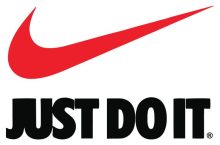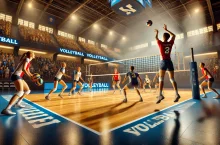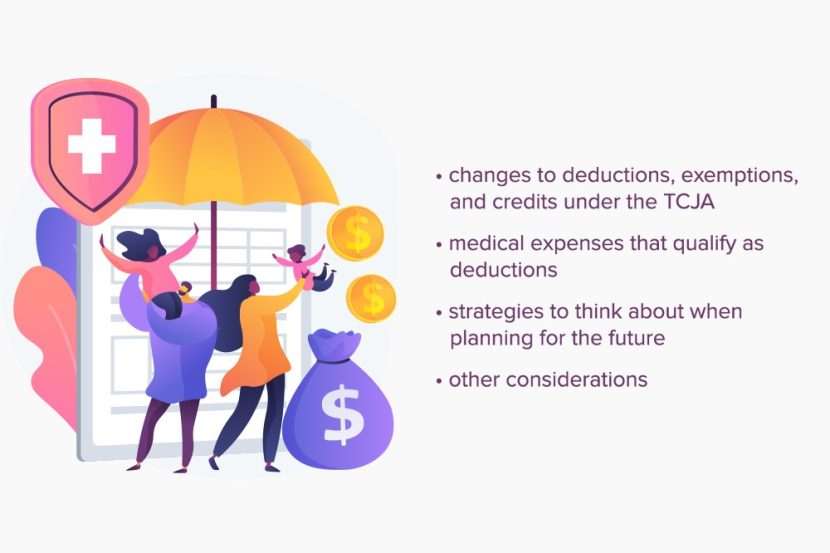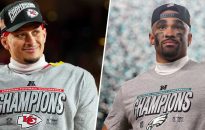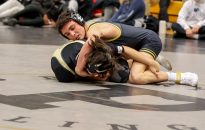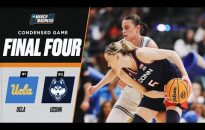The content of this article is intended to provide a general guide to the subject matter. Specialist advice should be sought about your specific circumstances. The Department of Education’s memo could complicate these plans. The memo explains that revenue sharing is still subject to Title IX requirements. NIL agreements between schools and student-athletes, including those […]
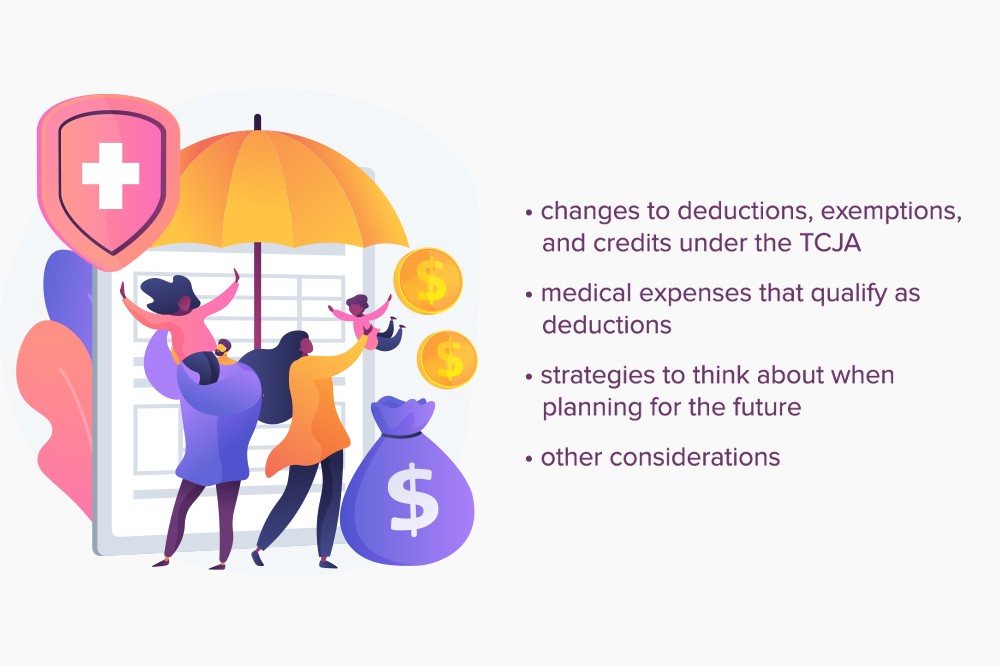

The content of this article is intended to provide a general
guide to the subject matter. Specialist advice should be sought
about your specific circumstances.
The Department of Education’s memo could complicate these
plans. The memo explains that revenue sharing is still subject to
Title IX requirements. NIL agreements between schools and
student-athletes, including those through revenue-sharing models,
qualify as “athletic financial assistance” subject to Chapter 38 of the U.S. Code.
In other words, when allocating the million to athlete revenue
sharing under the House v. NCAA settlement, schools must
allocate equally to female teams and male teams, regardless of the
amount of revenue generated by those sports.
Under Title IX, students at any school that receives federal
funding are protected from sex-based discrimination. Title IX also
provides that schools must provide male and female athletes with
equal treatment and benefits. In its memo, the Department of
Education maintains that revenue generated from an institution to a
student-athlete for NIL rights is classified as “financial
assistance.” Because the financial assistance is coming
directly from an institution (not a private collective), schools
risk violating Title IX if the money is not proportionally
divided.
Questions remain how exactly Title IX will affect the changing
landscape of collegiate sports following the introduction of NIL
agreements. An NIL agreement is a contract that allows a
student-athlete to control and receive compensation for the use of
their NIL. Today, most student-athletes receive NIL opportunities
through collectives that may be loosely related to institutions,
but are private entities. But the pending House v. NCAA settlement, which
has been preliminarily approved, likely allows schools to pay
student-athletes directly through NIL or other revenue sharing.
It is important to note that the memo is not binding. Moreover,
the current presidential administration could bring changes to this
guidance. That said, institutions should be mindful of how NIL and
other financial agreements with student-athletes may be affected by
Title IX, including potential litigation exposure.
The Department of Education’s Jan. 16 memo argues that revenue sharing and
school-provided name, image and likeness (NIL) funds must be
allocated equally across female and male sports. The guidance
highlights the evolving landscape of collegiate athletics and the
web of considerations institutions must navigate to finalize NIL
agreements.
The preliminary settlement allows for a 10-year revenue-sharing
plan. It permits, but does not require, NCAA schools to share 22%
of annual revenue with student-athletes. If schools opt into an
“athlete pay” model of sports revenue, the amount each
school can share with student-athletes is capped at million
annually. Schools will have to decide how to divide that
million between all athletes in their athletic programs. The
revenue-sharing figure is expected to grow up to .9 million by
the end of the 10-year revenue-sharing agreement. Many schools have
indicated they plan to allocate to million to their
football programs alone, which often garner the most revenue for
schools.
